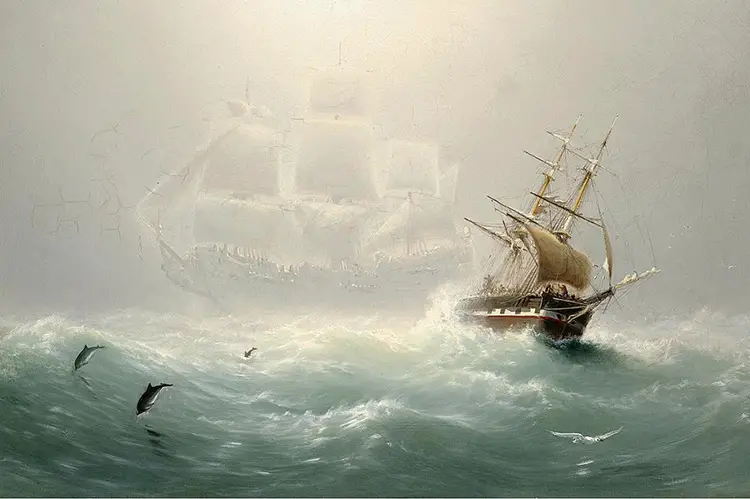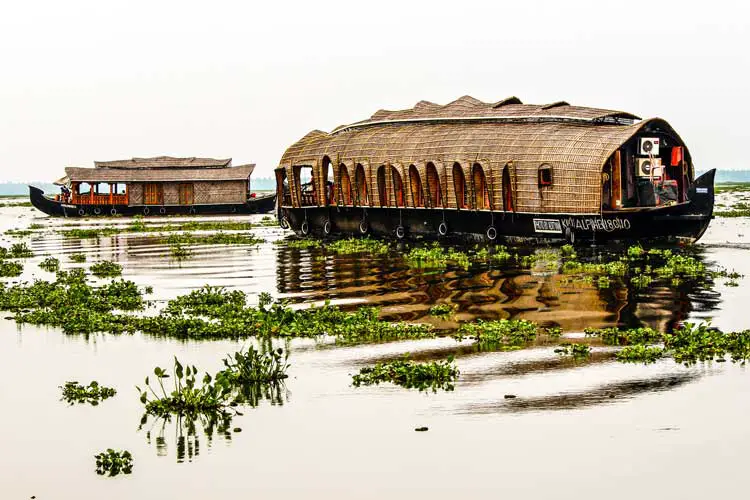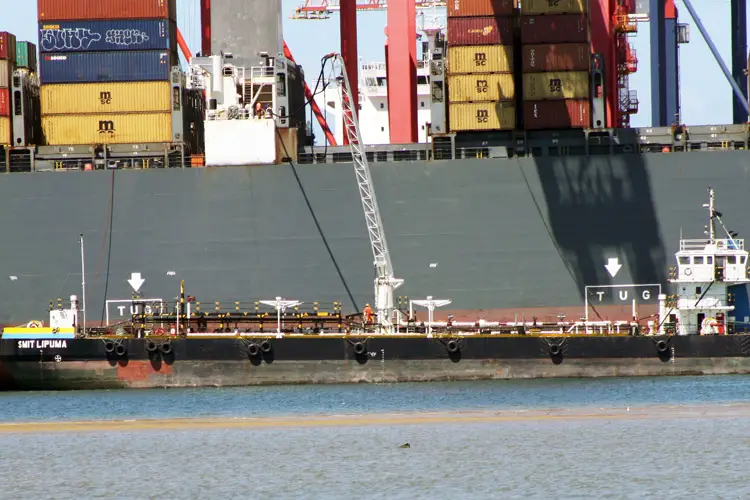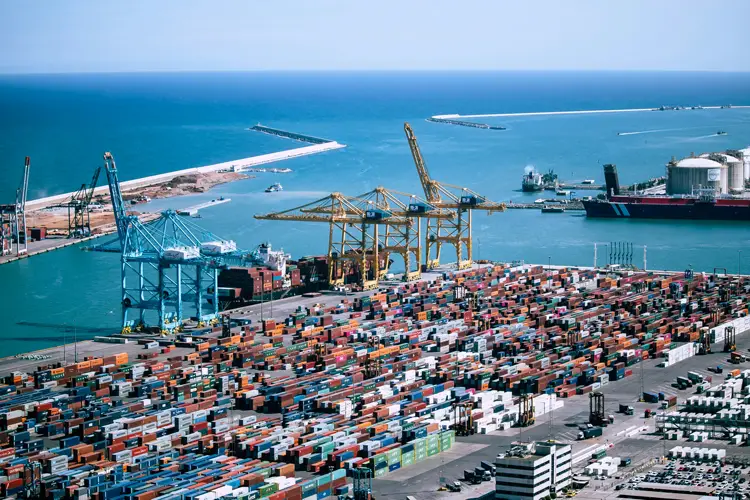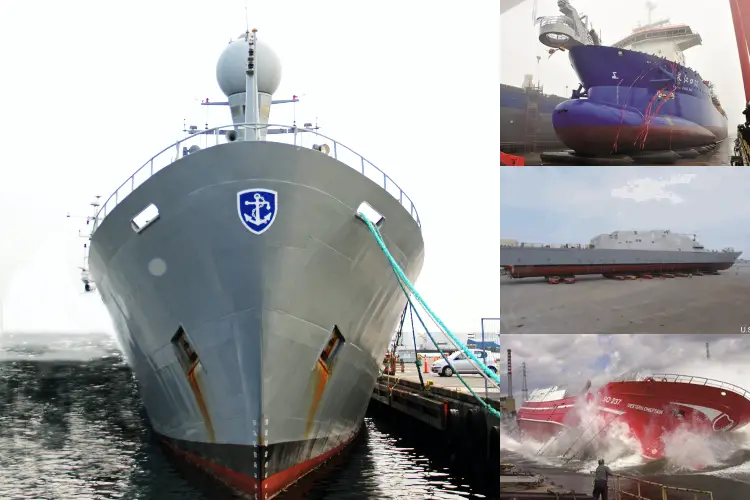How To Make Cargo Operation On Oil Tankers Safer?
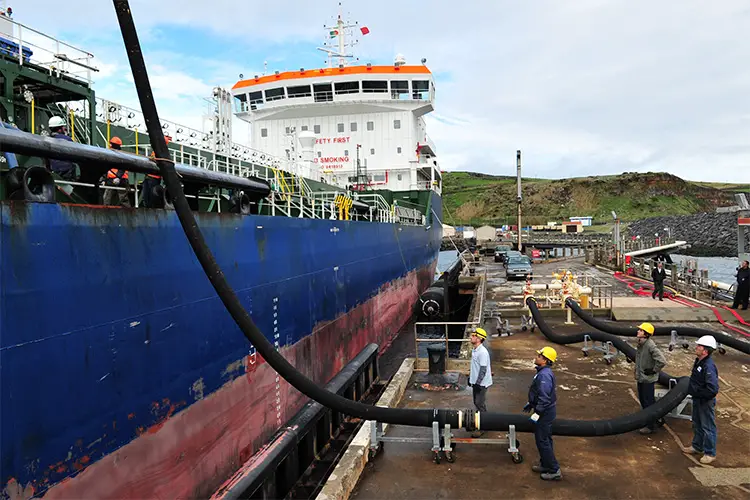
Emergencies are not uncommon in the marine world, especially during a voyage. It is even more difficult to transport oil as oil tankers may be vulnerable to challenges like leakage, fire emergencies, or threats from pirates.
Each and every person involved in the operation of a ship is trained to act in an emergency situation. There are some necessary precautions and safety measures that can help a ship’s management to ensure a risk-free and smooth sail.
How To Make Cargo Operation On Oil Tankers Safer?
Following are some of those safety measures which can make the cargo handling operations safe.
1) Close Accommodation Openings
The accommodation area of a ship is the living space which contains all the cabins for the ship’s crew, meeting rooms, lockers, mushrooms, provision stores, recreational rooms, etc. During a cargo operation, it should be ensured that all the openings to this area are closed. This helps to prevent cargo vapors from ingressing or entering.
Such measure needs to be taken for the sake of safety despite the discomfort that the crew might face because of the temperature and humidity.
2) Keep Vents Open
All cargo tank vents and high-velocity vent valves should be operational during the handling process. All P/V valves must also be checked during ballast watches for safe and proper operation.
3) Closing Sighting and Ullage Ports
An ullage tank is a tank that is almost full. On an oil tanker, all ullage ports must be closed securely and not opened until there is a requirement. No sampling, sound, or auditing of tanks must be in progress while connecting or disconnecting the burning cable to the ship.
4) Shut Down Ballast Tanks
All segregated ballast tanks should be closed. Cargo leaks from the cargo tanks into permanent ballast tanks can create a serious pollution problem. Ingress of water from the ballast tanks into the cargo spaces should also be checked on a daily basis.
5) Short Natural Ventilation
If need be, any kind of ventilation must be shut off or isolated from the direction of the cargo vapor flow.
6) Shut Tank Lids
No tank lids on the entire vessel should be left open. It should be ensured that all cargo tank hatches, ports, or access openings are closed tightly. In this manner, the escape of oil and other hydrocarbon vapors can be prevented.
7) Strainer Cover, Drain Plug and Inspection Plates
A strainer is a simple device that is installed to hold large foreign objects from causing damage or blockage. It should be ensured that the strainer cover, inspection plate, and drain plug located in the pump room are in proper positions.
8) Check Pump Room
A pump room is that area of the ship which contains the largest concentration of pipelines. The pump room of a ship should be positively checked at regular intervals of time especially during cargo handling.
9) Gas Freeing Operation
During a gas-freeing operation or tank washing, it should be ensured that all the washing covers are removed. At all the other times, they should be closed. Only the people who are directly involved in the operations should be allowed on the main deck. Also, everybody involved in the operation should be dressed appropriately and observe anti-static precautions.
10) Checking High-Pressure Alarm
During the loading operation, the high-pressure alarm of the cargo tanks should be checked properly.
11) Shut AC If Required
Sometimes the air conditioning systems’ intake air could draw cargo vapors. In such a case, the AC system should be stopped. Hence, the accommodation area will find its ports shut.
12) Cargo Hoses and Flange Connections
A cargo hose is used to ship to shore products like chemicals. A flange is a rim that is installed for increasing the strength of another object. Cargo hoses in flanges should always be checked thoroughly before use. All the courses should also be handled properly. They should be lifted and not dragged on the deck.
Cargo hoses in flanges should also be supported at various points in order to avoid twisting. They must also be adjusted according to the draught of the shape of the cargo operation proceeds.
In the same manner, all flanges must also be properly tightened using bolts. One should always be careful while removing a flange from any section of the pipeline in order to ensure that it does not contain oil at pressure and is made up of approved metal like steel.
13) Check Limit of Elevation
A metal cargo arm is designed in such a way that it can operate under various elevations arising because of the tidal effects. The limit of elevation of metal cargo arms must also be examined properly. This involves a comparison with the ship’s data. The cargo operation can only be improved in all the criteria for this are met.
14) Isolate Window AC Unit
If the time comes, any kind of window AC unit present on the ship needs to be shut down or isolated.
15) Check Gland Condition of Pumps
It should be ensured that the gland conditions of all the cargo pumps situated in the pump room are thoroughly checked and examined.
16) Check Alarms and Trips
It is to be ensured that all alarms and trips are working properly before any cargo operation begins.
17) Handling the Arm
The metal arm is acquitted with a parking lock. This parking lock should not be tampered with or removed unless and until the metal arm is empty. If it is opened before, it can lead to an oil spill. Also, if the arm has any ice on it, it must be removed immediately before opening the lock, or else it could cause an imbalance.
Also read: World’s most infamous oil spills
18) Mooring Ropes
One should always keep an eye on the mooring ropes with which the arm is connected for operation. They should always be monitored, and the operation should be stopped immediately if there is excessive drifting.
Also read: What is Baltic Mooring?
19) Earthing
This is one of the most important precautions to be taken. Pipeline flow may electrostatically charge the static accumulator oil. Hence, pipeline bonding is mandatory so that electrostatic charge accumulation can be prevented. So, the pipelines should be bonded to each other and to the structure of the ship. The structure of a ship is finally naturally earthed to the sea through the hull.
20) Check Emergency Release
Emergency releases should be checked in advance and the draining arrangements should be ready so that as much oil as possible can be drained out if there is a situation of an oil spill.
21) Lighting
During the nighttime, it must be ensured that the cargo station and pump rooms are provided with sufficient light.
22) Weather
The master of the ship and the terminal in charge should always keep an eye on the weather conditions at sea at all times. In case of rough weather like lightning or storms, the ship cargo operation should immediately be stopped.
23) Keep Equipment Ready
All sorts of safety equipment such as oil spill fighting equipment, firefighting equipment as well as personal protective equipment, gas detection equipment, etc. must be ready at all times to ensure maximum safety.
24) Crew
Finally, the crew of the ship should be well aware of their duties and must be well trained about how to react during an emergency situation at regular intervals of time.
Also read: 15 Common Oil Cleanup Methods At Sea

